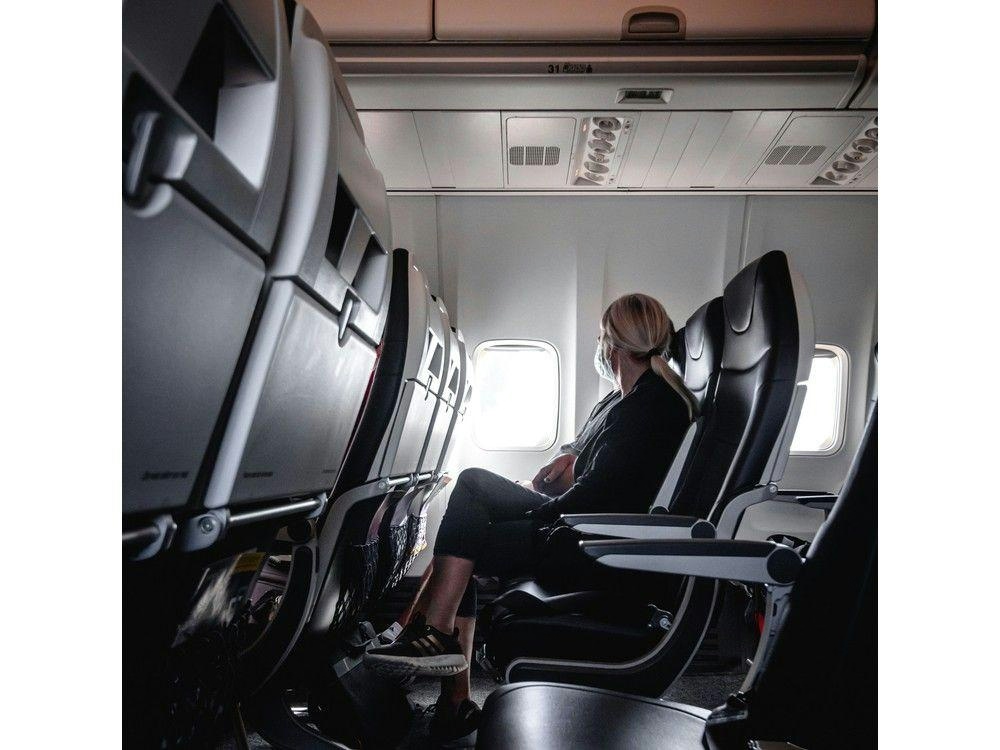
AeroGenie — ваш интеллектуальный второй пилот.
В тренде
Categories
Orlando International Airport Introduces 3D Technology at Security Checkpoints
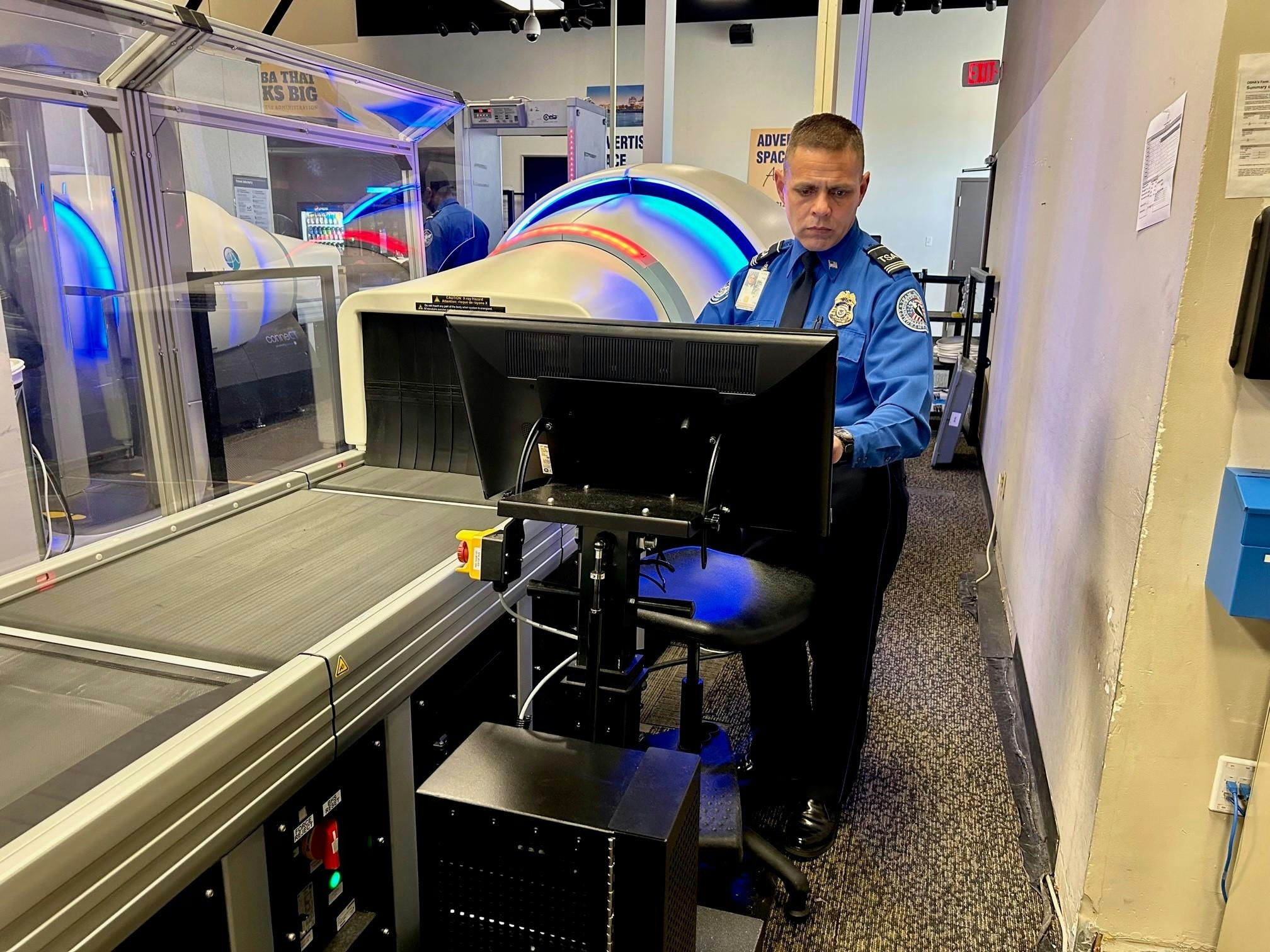
Orlando International Airport Introduces 3D Technology at Security Checkpoints
Orlando International Airport (MCO) is pioneering a new approach to passenger security screening with the launch of immersive 3D technology developed in collaboration with Synect. Spearheaded by the Greater Orlando Aviation Authority (GOAA), this initiative seeks to alleviate the stress commonly associated with security checkpoints while enhancing passenger engagement during a critical phase of air travel.
Enhancing the Passenger Experience Through Innovation
At the core of this technological advancement is Annie the Astronaut, a digital ambassador who guides travelers through an animated 3D journey that replicates the actual route through MCO’s Terminals A and B. Displayed on expansive LED video walls at the airport’s West Checkpoint, the content offers real-time TSA wait times, reminders about the 3-1-1 liquids rule, tips for divestment, and highlights of post-security concessions accessible via QR codes. The experience also incorporates playful references to local landmarks, including MCO’s distinctive carpet design, creating a uniquely regional atmosphere.
The system, developed by Synect’s Orlando-based studio, features eight custom scenes inspired by the airport’s terminal architecture, over 1,000 animated elements, and more than 100 bespoke character models. The production involved rendering upwards of 7,200 frames using industry-standard software such as Maya, Cinema 4D, and After Effects. Live API integrations ensure that information remains current, while airport-specific details like native Florida trees and Synect’s ReadySeeGo® devices further enrich the experience.
Yahav Ran, CEO of Synect, emphasized the project’s intent to support MCO’s vision of a guest-focused environment by reducing stress and positively influencing passenger behavior through timely and engaging content. Lance Lyttle, CEO of GOAA, described the initiative as a transformation of the checkpoint into a fast, branded experience that leverages a content-first strategy and the Passenger360 platform to connect travelers with real-time information and airport amenities.
Operational Challenges and Industry Implications
While the introduction of 3D technology promises to convert traditionally tense wait times into informative and enjoyable moments, its implementation presents several challenges. Ensuring the system’s reliability and accuracy is paramount, as is encouraging passenger acceptance and comfort with the new format. Seamless integration with existing security protocols remains a critical operational priority.
Market response has been predominantly positive, with expectations that the technology will enhance passenger satisfaction and potentially expedite screening processes. Nonetheless, some travelers have expressed concerns regarding privacy and data security amid the growing adoption of advanced digital solutions in airports. The innovation at MCO may prompt other airports to explore similar technologies to maintain competitiveness or to seek alternative methods for improving the passenger experience without relying on 3D systems.
Karla Carman, Senior Manager of Wayfinding & Signage at MCO, highlighted the project as an example of how wayfinding can evolve beyond mere functionality to become an engaging experience. By integrating placemaking with real-time information, the airport is transforming a traditionally passive space into one that fosters engagement, delight, and orientation, all while reflecting the distinctive character of MCO.
This initiative underscores GOAA’s commitment to customer-centric innovation, aiming to streamline operational flow, reduce perceived wait times, and showcase airport amenities, thereby setting a new benchmark for security experiences in the aviation industry.
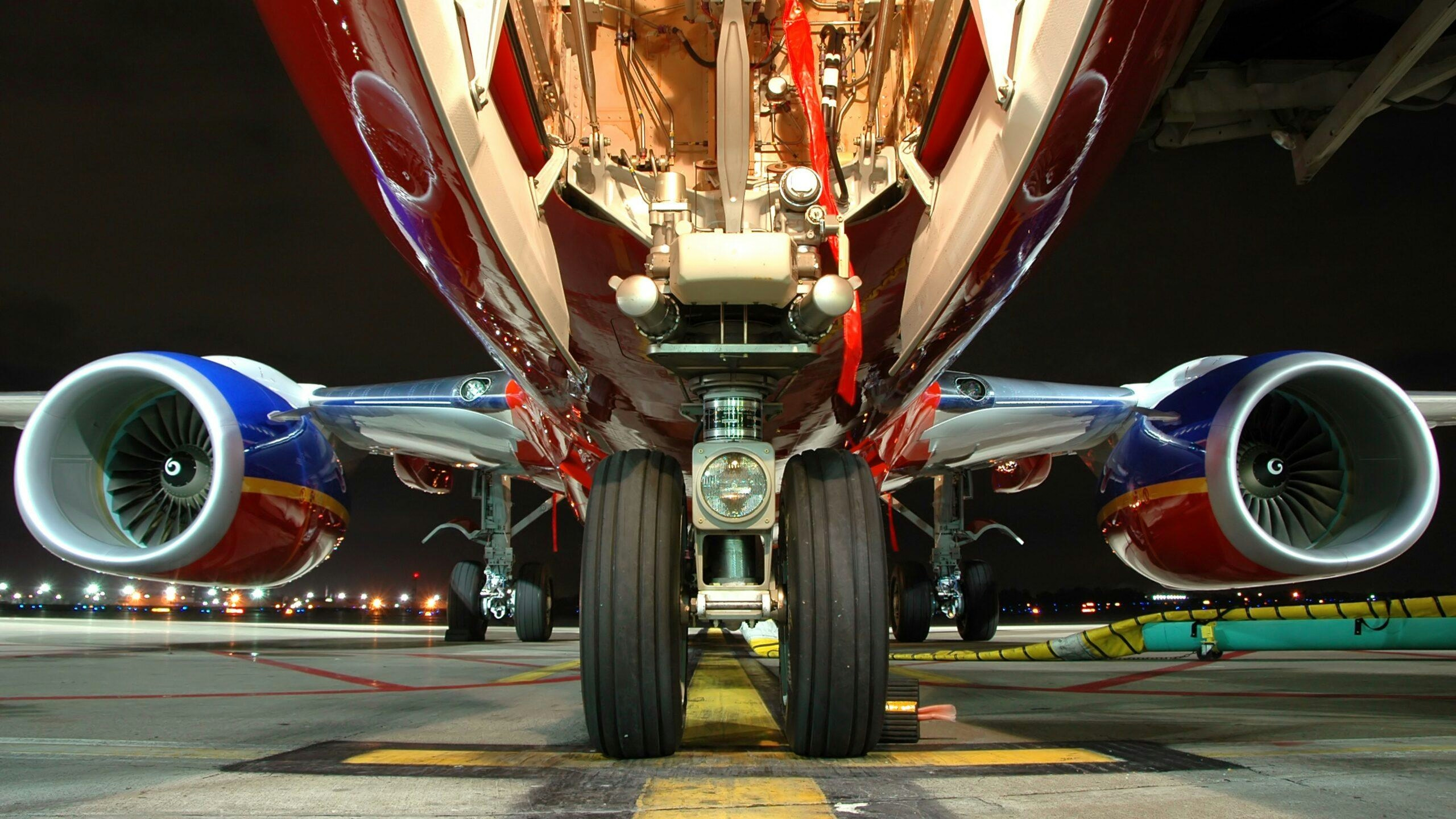
AxioAero Group Acquires Airway Aerospace

Joby to Train Up to 250 Pilots Annually with New Simulators in Marina
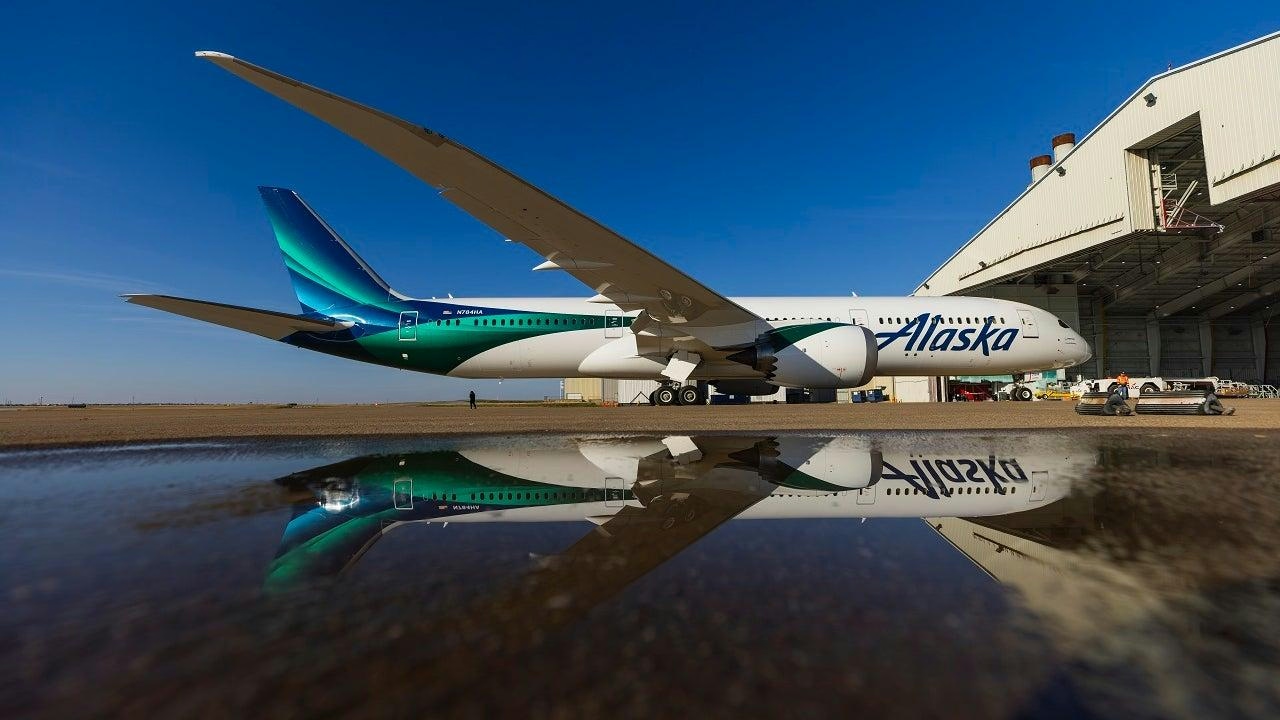
Boeing and Alaska Airlines Confirm Major Aircraft Order
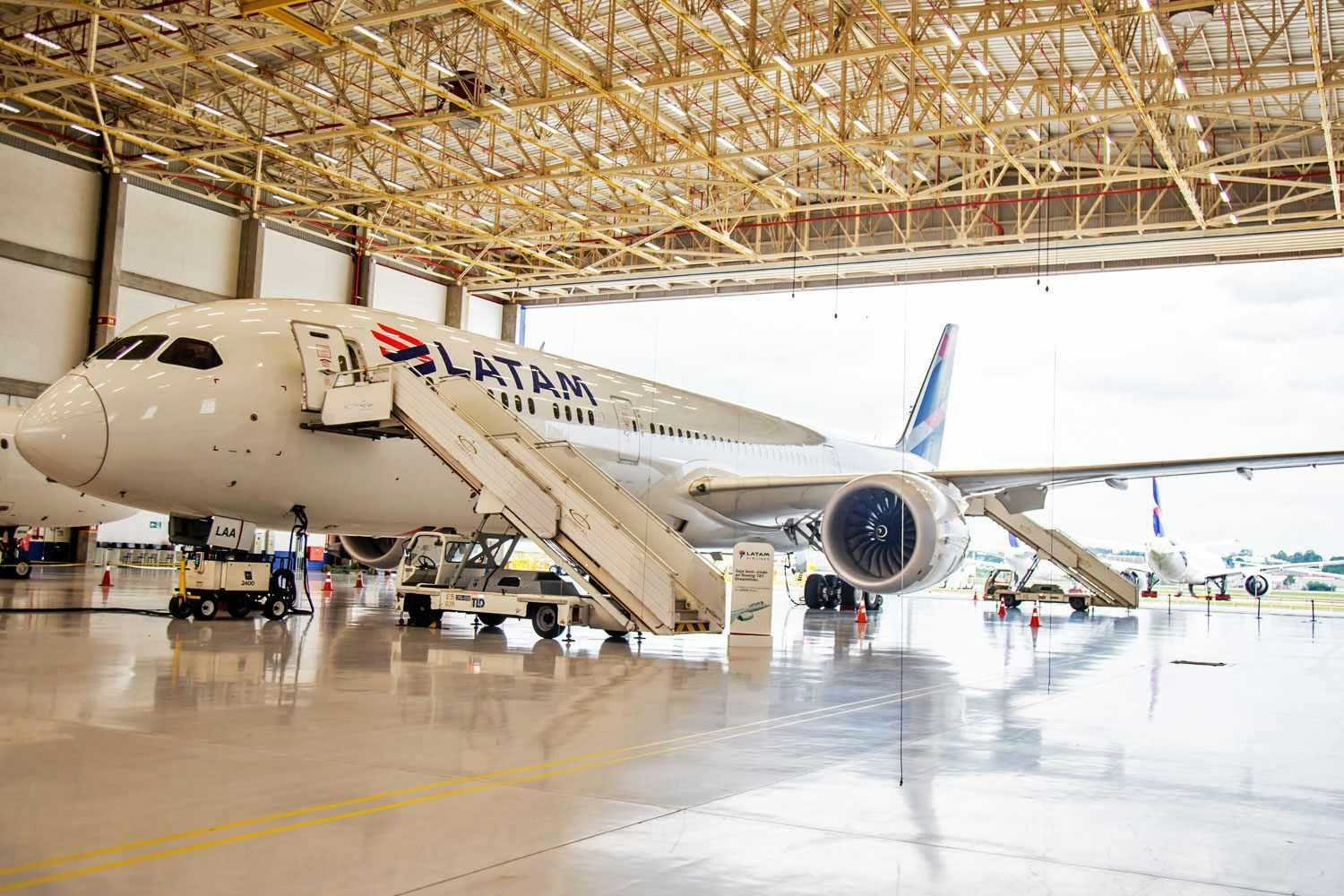
LATAM Receives First Boeing 787-9 Equipped with GEnx Engines

Dassault Aviation Reports Aircraft Deliveries, Orders, Backlog, and Sales Outlook
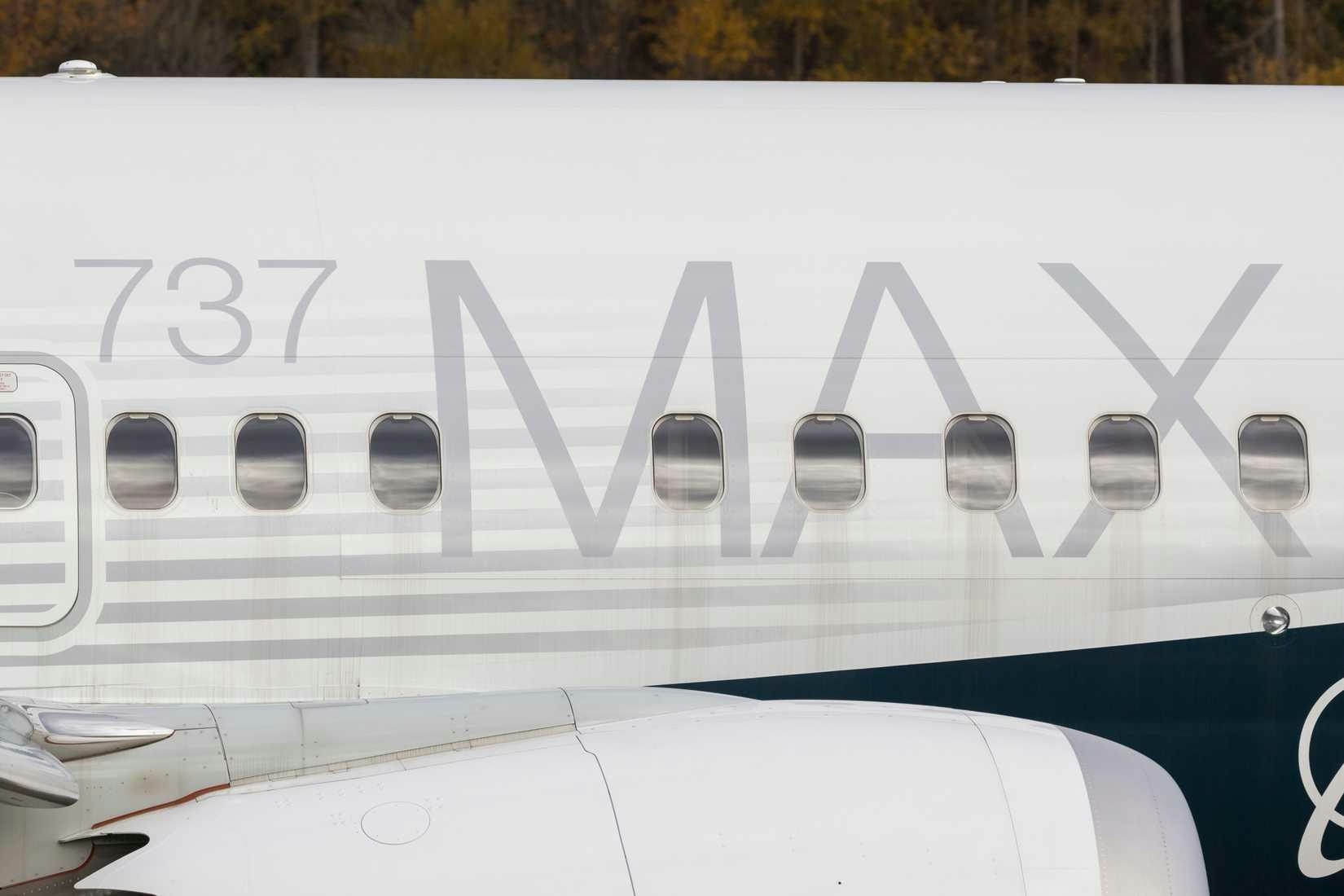
Alaska Airlines Orders 140 Boeing 737-10 and 5 Boeing 787-10 Jets
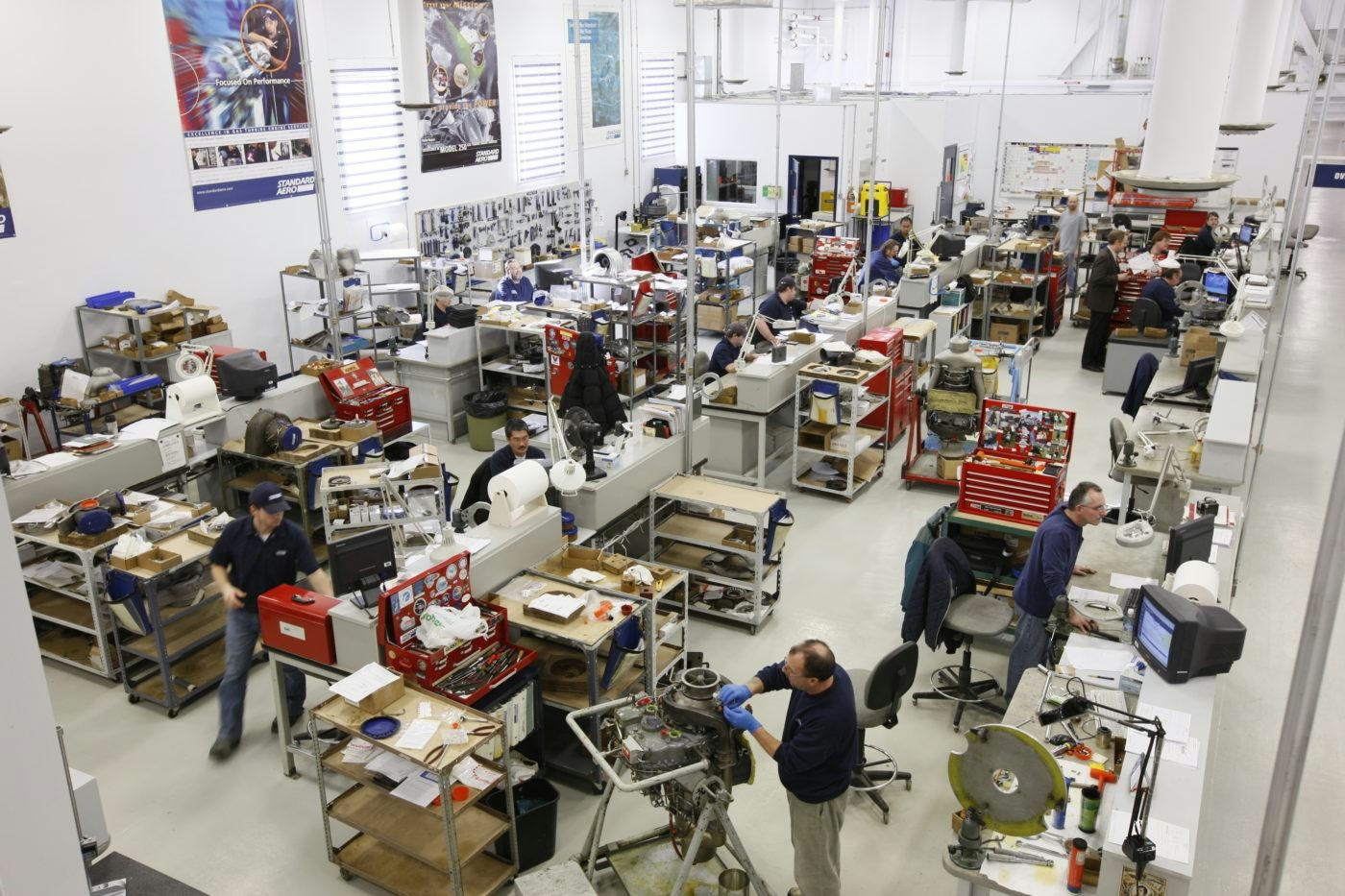
Dine Appointed Vice President of Sales at StandardAero

Boeing Shares Rise Following Alaska Airlines’ Record Aircraft Order

Porter Airlines Partners with BeauTech to Upgrade North America’s Fleet
